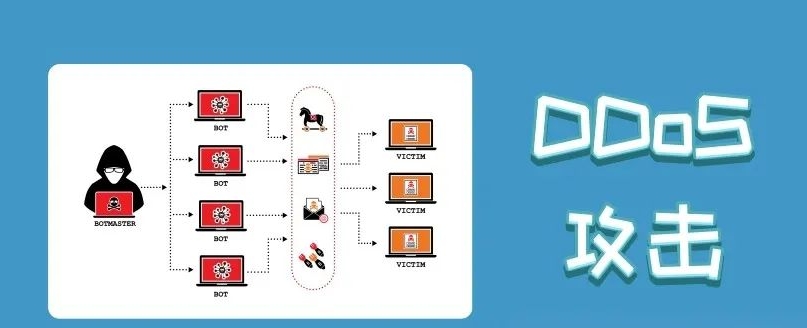
Being attacked is a good thing, and a bad thing, and
The good thing is that the site traffic is large, will be some people think on, the webmaster Internet experience of more than 10 years, encountered this kind of situation is a common occurrence. Every day, several servers are attacked, are using the multi-rotation technology plus a low version of the defence. That is, a machine was killed directly switched to another above, the famous Chinese companies, such as Alipay with such technology, they are every moment in the encounter hundreds of millions of attacks.

Initial DDoS attacks relied heavily on simple "Ping of Death" (dead signal) attacks, where the attacker sends a large number of anomalous ping requests, making it impossible for the target host or network to process them. As network bandwidth increases, this type of attack is gradually being replaced by more sophisticated attacks.
Modern DDoS attacks are not just limited to ordinary traffic attacks, attackers can use cloud computing, big data and other technologies to build large-scale botnets to launch attacks. Certain attackers even use Botnet (botnet) rental services to launch huge attacks through hourly billing.
The scale of DDoS attacks has gradually become huge, with some attacks reaching hundreds of Gbps of traffic, and the targets of the attacks are not only limited to traditional high-value targets such as government and finance, but also more and more enterprises, websites, and individuals have become the targets of the attacks. In addition, in recent years, application layer attacks (e.g. HTTP Flood) have become the new favourite of attackers, which can effectively bypass traditional network protection measures.
1. Basic defence measures
- Using High Defence Servers(e.g.Hong Kong High Defence BGP Line)
- Configuring a CDN for Traffic Cleaning(e.g. Cloudflare.Professional High Defence CDN)
- Limit single IP access frequency(using Nginx rate limiting)
- Adoption of a Web Application Firewall (WAF)

